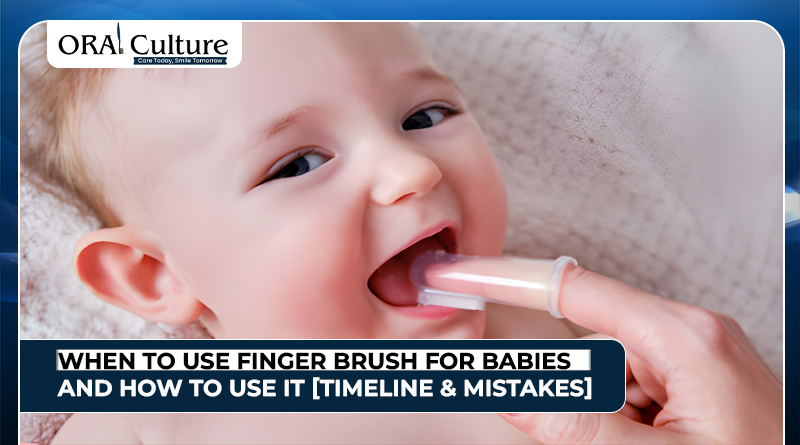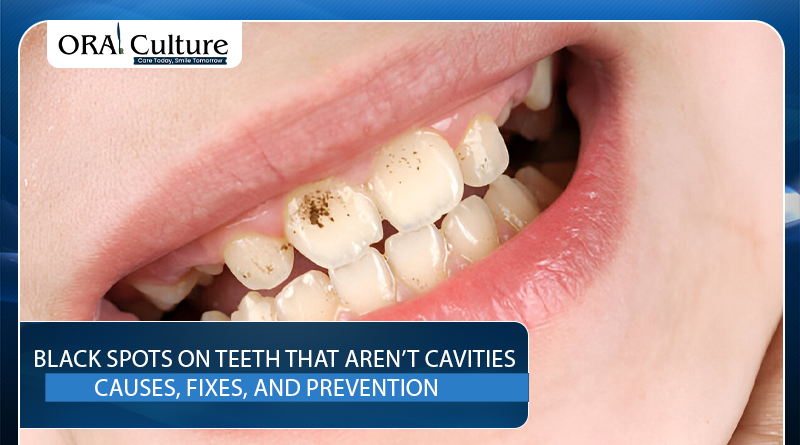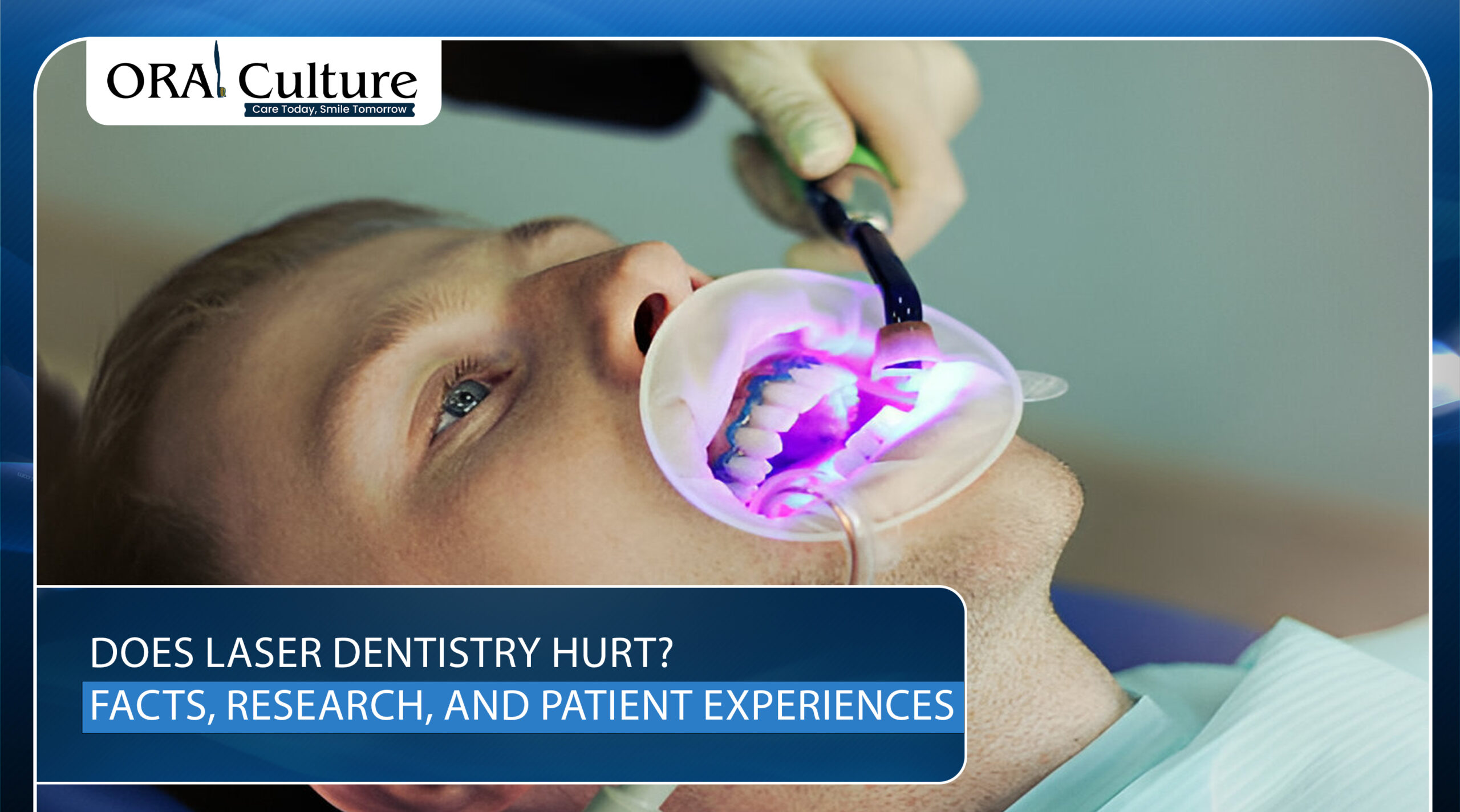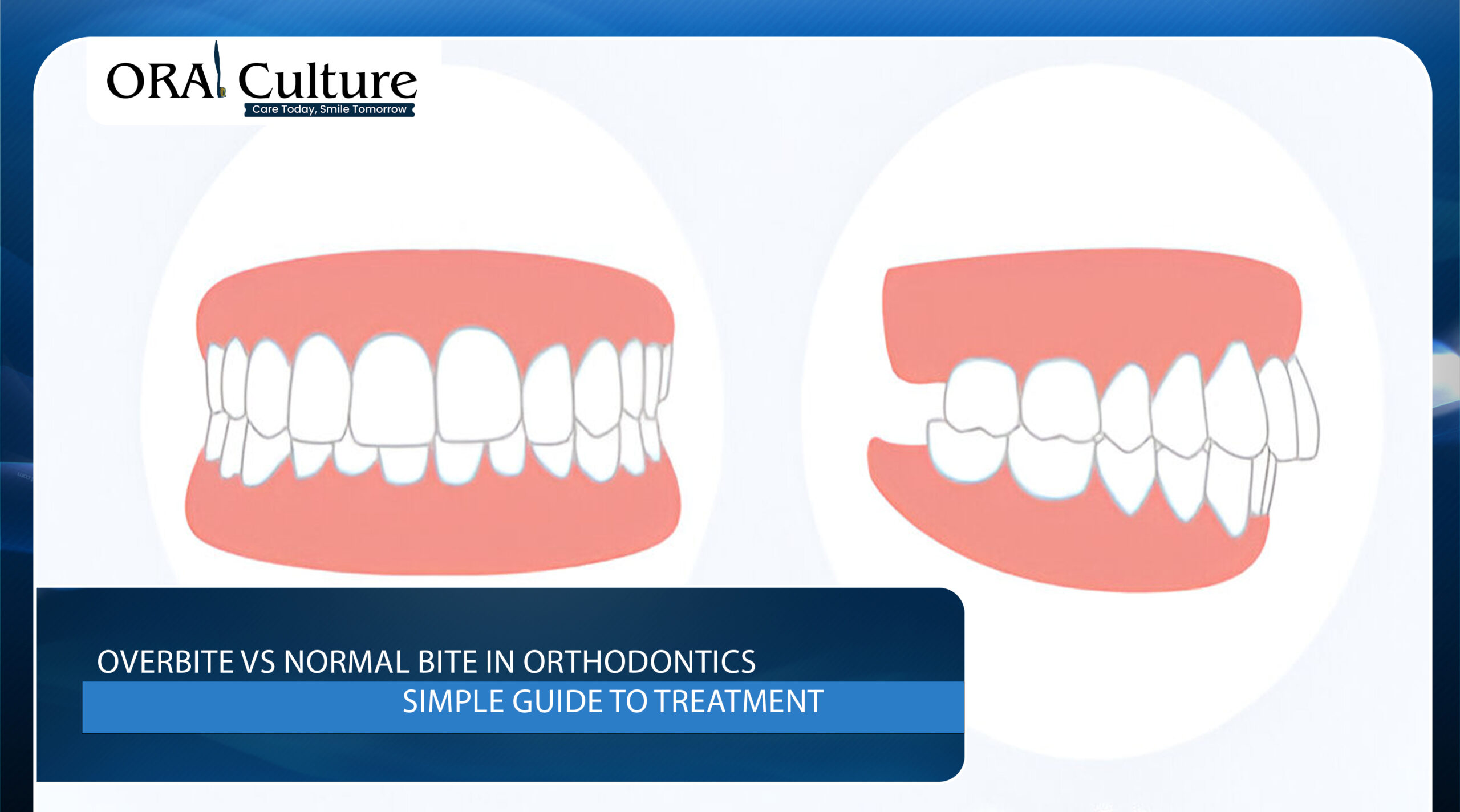The degree to which the upper front teeth cover the lower front teeth separates an overbite from a normal bite.
In a normal bite, the overlap is small and balanced. The upper teeth protrude more than the lower teeth in an overbite.
This small difference can have a big impact on chewing, speech, jaw health, and even the way your smile looks. That’s why orthodontists pay close attention to bite problems.
What is a Normal Bite?
A normal bite, also called a “Class I bite,” is when the top teeth slightly sit over the bottom teeth. Dentists often describe it as the “ideal bite.” In this bite:
- The top front teeth cover only a tiny bit (1–2 mm) of the bottom front teeth. They sit just a little in front, which helps you chew easily.
- The jaws are aligned properly, so there’s no strain on the muscles.
A normal bite helps with chewing, speaking, and even protects teeth from wearing down unevenly.
Imagine the lid of a box. If the lid is just a little larger than the box, it closes neatly without jamming. That’s what a normal bite is like.
What is an Overbite?
When the upper front teeth protrude excessively over the lower teeth, it is called an overbite. Dentists often call it a “deep bite.”
- In a mild overbite, the upper teeth may cover half of the lower teeth.
- In a severe overbite, the lower teeth can almost disappear behind the upper teeth.
Quick Fact: About 7 out of 10 children have some kind of overbite, making it a very common teeth problem. The American Association of Orthodontists (AAO) says kids should visit an orthodontist for the first time by age 7.
Why Does an Overbite Happen?
There are many reasons why an overbite develops. Some are genetic, while others come from habits or growth patterns.
- Genetics: Kids are more likely to have an overbite if their parents had one.
- Childhood habits: The top teeth may protrude as a result of thumb sucking, tongue pressing against teeth, or prolonged use of a pacifier.
- Jaw growth issues: If the lower jaw grows slower than the upper jaw, an overbite can form.
- Teeth crowding: When there’s not enough space, teeth may shift in a way that deepens the bite.
Crowding can also create small gaps or uneven spacing. In such cases, people often look for ways to close a gap in teeth without braces, especially when the issue is cosmetic and doesn’t require full orthodontic treatment.
Overbite vs Normal Bite: Why It Matters
Many people think an overbite is just about appearance, but it affects more than your smile. How your teeth fit together can change the way you eat, talk, and how your jaw feels.
In a normal bite:
- Teeth wear down evenly.
- Chewing is easy and smooth.
- Jaw muscles don’t get tired.
But with an overbite, problems can build up over time:
- Teeth may chip or wear unevenly.
- The lower teeth can press against the roof of the mouth, which can hurt.
- Jaw strain and frequent headaches are common.
- Speech can change, and some people notice a lisp.
- In severe cases, it can change facial structure, making the chin look smaller.
Example: Picture two gears that don’t align. They still turn, but over time the teeth of the gears wear down. That’s what happens when you have an overbite instead of a normal bite.
How Orthodontics and Braces Help with Overbite?
Orthodontics is the field of dentistry that corrects bites and aligns teeth. Braces are one of the most common tools to fix an overbite.
Braces for Overbite
Braces shift teeth into better places by applying light, consistent pressure. The procedure for an overbite could include:
- Brackets and wires: These move the lower teeth forward or the top teeth back.
- Elastics (rubber bands): These connect upper and lower braces to guide the jaws.
- Bite plates: Special appliances that stop the upper teeth from covering the lower teeth too much.
Treatment time depends on how severe the overbite is. For many patients, braces are worn for 18 to 24 months.
Clear Aligners
Aligners, like Invisalign, can also treat overbites. They are clear trays that shift teeth step by step. However, for severe cases, braces may still be more effective.
Long-Term Health Impact
Untreated deep bites can increase the risk of gum damage, according to research published in the European Journal of Orthodontics. Gum health is a key part of overall oral health, and in some cases, people also explore ways to cure gum disease without a dentis,t alongside orthodontic care.
So, fixing an overbite isn’t only about a nicer smile, it protects teeth and gums in the long run.
Conclusion
A normal bite means balance, proper chewing, and healthy teeth. An overbite, if left untreated, can lead to dental and health issues. Orthodontics, especially braces, play a vital role in correcting it.
Don’t let a bite problem quietly turn into bigger issues. Get answers now. Visit Oral Culture and book your consultation today.
People Also Ask
Is a small overbite normal?
Yes. Most people have a slight overbite. It’s considered normal if the upper teeth only cover about 1–2 millimeters of the lower teeth.
Can braces fix an overbite completely?
In most cases, braces can correct an overbite. Sometimes elastics or other orthodontic appliances are also used to guide the teeth and jaws into better alignment.
What happens if an overbite isn’t treated?
An untreated overbite can cause problems over time, such as uneven tooth wear, jaw discomfort, gum irritation, or even speech changes like a lisp.
Can adults correct their overbite with braces?
Indeed. At any age, orthodontic therapy is effective. For adults with severe overbites, braces may be combined with other treatments, including jaw surgery.






